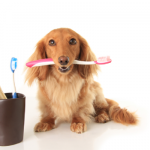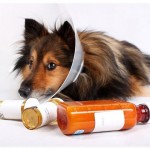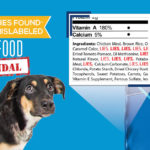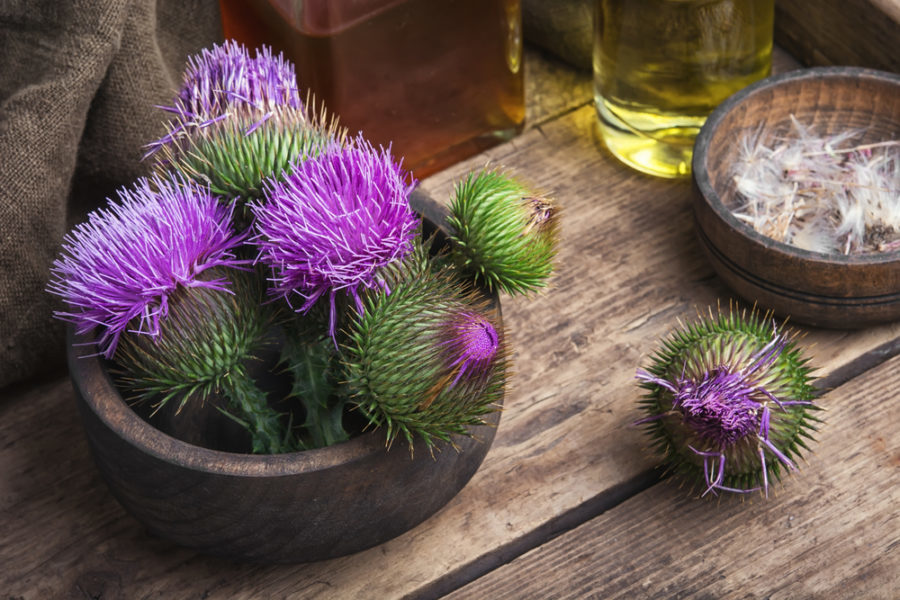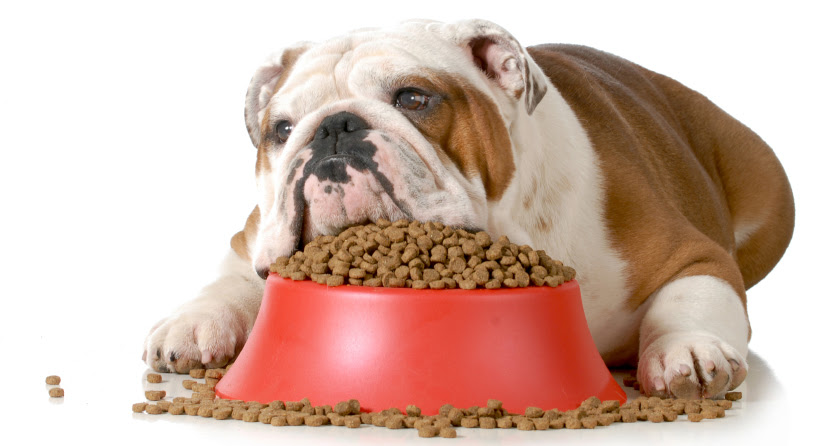“Is there any reason for dry food companies to load salt into the food in amounts as high as 8 times the normal amount registered as normal? They claim it is needed to increase the palatability of the food. Another reason is that salt is cheap and it becomes an effective preservative. But food is not meant to sit on a self in a warehouse for months. The safest low salt alternative is a natural raw meat diet.”
One issue that manufacturers of kibble and canned pet foods often raise in an attempt to discredit raw meat diets, is the safety factor of handling raw meat and feeding it to our pet population.
Manufacturers of strict protocol and guidelines to maintain the quality and integrity of their raw meat diets during production. However, it is also important for the consumer to practice safe handling procedures for raw meat for both their family and pets. Paying attention to the details of handling meat will ultimately render a safe, superior quality product. This is no different than how you would handle raw meat in the kitchen for a human meal.
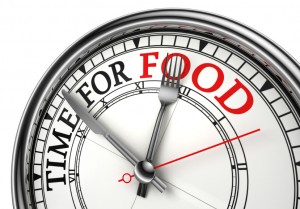
- Always wash your hands and kitchen surfaces to avoid the spread of bacteria. Remember to clean cutting boards, counter tops and utensils with hot soapy water after feeding or preparing raw food.
- Never thaw the raw food patties at room temperature such as on the counter top in your kitchen. Always thaw the raw patties in the refrigerator in a covered container.
- Choose the right portion for your dog. Keep in mind, when selecting how much food to thaw that it is ideal to only thaw a day’s worth of food from the freezer at a time. Smaller dogs may not be able to eat a whole patty in a day. For this small nugget sized patties are perfect for small mouths and tummies.
- Don’t leave raw meat diets unrefrigerated for long periods of time. If the raw meat is not going to be consumed by your pet right away, it should be returned to the refrigerator and stored in a container with a lid so that it can be fed later in the day. Food left out in the feeding dish for long periods of time, especially during the hot summer months or in warmer temperature climates, can result in spoiled food and bacteria growth.
At the end of the day, you should dispose of any uneaten food. This helps to keep food at its peak freshness. This is the safest way to avoid any digestive upset and offer the highest nutritious value for your pet’s meal.
Remember this is a raw meat diet (living food) and not kibble! The food that will boost your pet’s immune system, keep unnecessary weight off, and prevent diet-related disease is not one that has been designed to sit on a shelf at room temperatures for months. The active enzymes in raw diet are the key to maximizing the time we get to spend with our four-legged friends.
Source:
Robert Mueller, BSc, Pharm. is a registered pharmacist, author of “Living Enzymes: The World’s Best Kept Pet Food Secret”.



